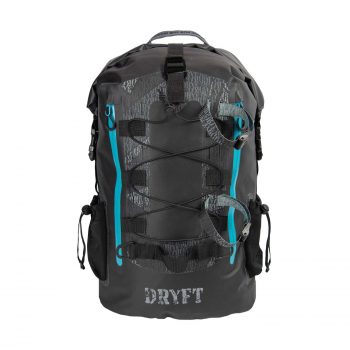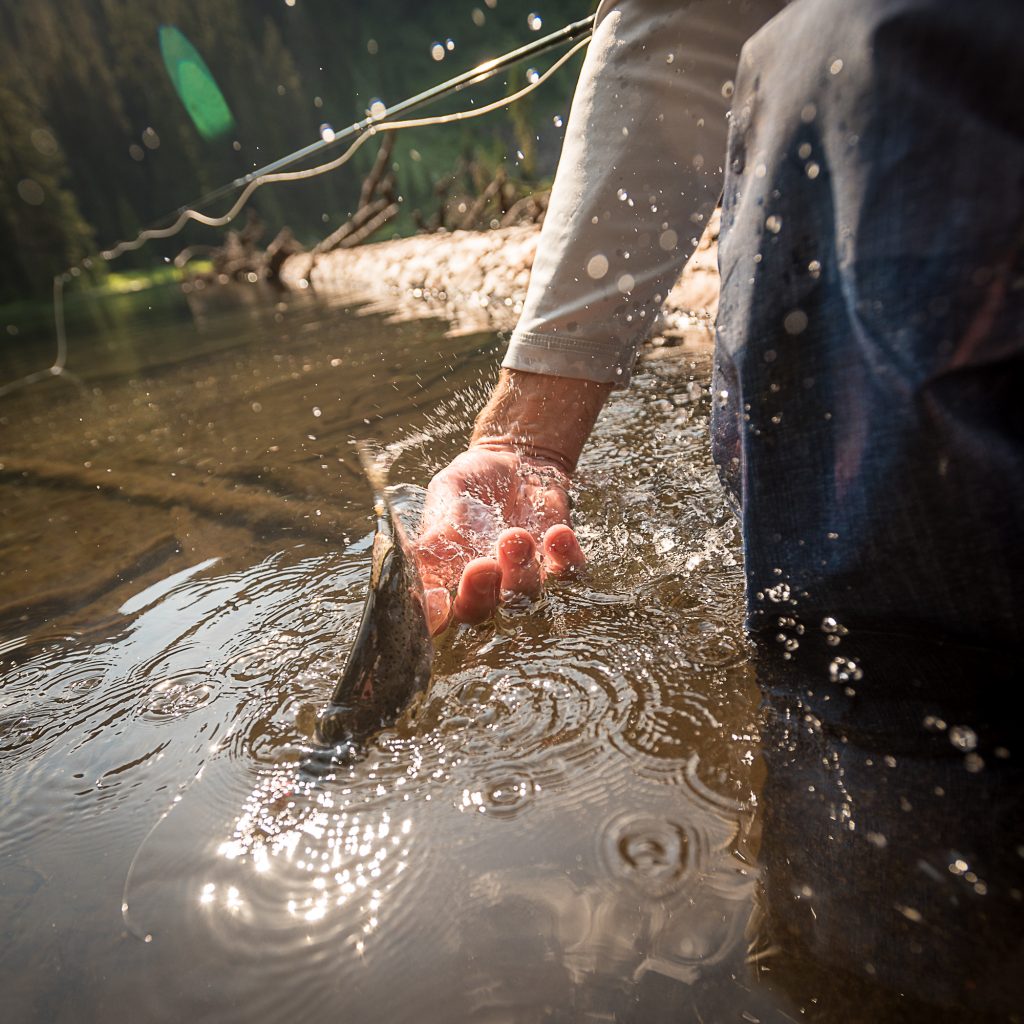Due to the evolving situation with COVID-19 in our area we are putting plans in place to help keep everyone around us safe. Our staff is healthy and safe here, but we are putting these safeguards in place to keep it that way and to protect our customers. We will be limiting office visits and our overall exposure outside of the home, but will continue to process and ship orders as usual at this time.
During this time we expect that the time it takes us to process orders will increase, with possible delays of 3-7 days at times.
Also processes such as exchanges, returns and repairs may be a little slower than normal. We will continue to do these operations, but are expecting each to take on average several days longer than usual but in some cases may be up to a week delay. We thank you for your patience during these unprecedented times.
To help keep everyone safe we will be exercising and abundance of caution by putting the following safeguards in place:
- Closing our offices to outside visitors to isolate our office staff, warehouse equipment and product stock
- Regularly disinfecting commonly touched surfaces around our offices and warehouse
- We will be wearing gloves when handling product and packing orders.
- Keeping our distance and working from home when possible to limit exposure to each other
- Anyone displaying any symptoms of illness will stay at home.
This is a hard time for small business in America and around the world. From disruptions to our supply chains to instability in the financial markets and consumer confidence, we have started to feel the effects. We appreciate each and every one of you, and thank you for your business and support. We will continue to support you by operating as normally as possible.
Remember that the best safeguard for you and your family is distance and isolation. Sounds like a good time to get some fresh air, go explore a wild place and do some fishing.
We will be monitoring the situation closely and post updates as needed.
Thank you,
Nick S.
President
 SEEKR Wading Pants$299.00
SEEKR Wading Pants$299.00

































































